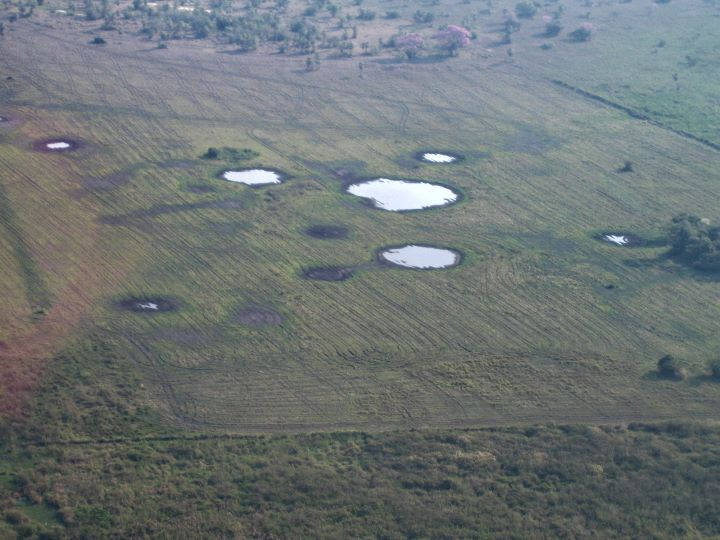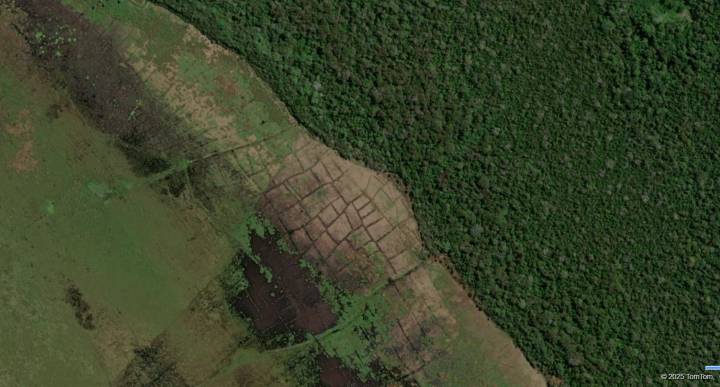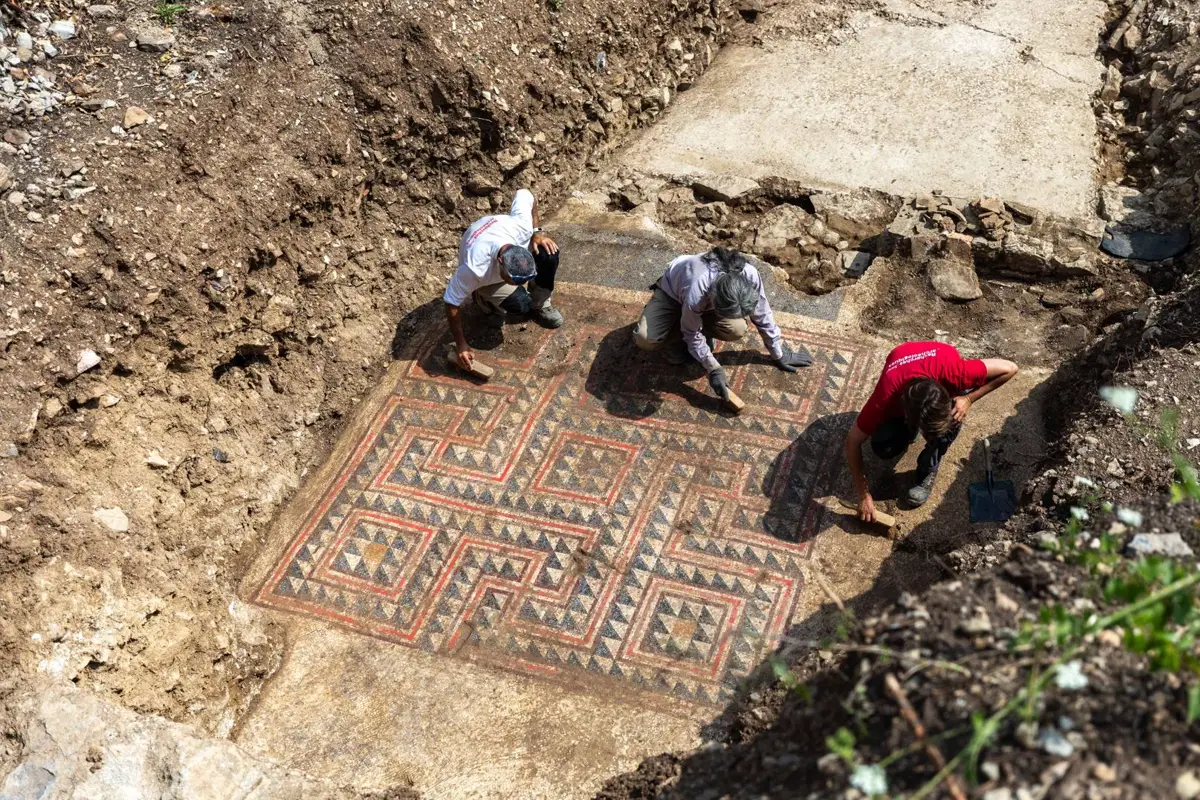Groundbreaking Discovery in the Amazon
An international team of researchers has uncovered evidence that an ancient Amazonian civilization developed an advanced agricultural system, enabling year-round maize cultivation. This remarkable finding, published in Nature, challenges previous assumptions that large-scale monoculture farming was unsustainable in the region.
The Ingenious Agricultural Techniques of the Casarabe People
The Casarabe civilization, which thrived in Bolivia’s Llanos de Moxos between 500 and 1400 AD, faced extreme environmental conditions, including seasonal flooding and prolonged droughts. However, their sophisticated water management techniques allowed them to cultivate maize continuously, defying earlier beliefs about Amazonian agriculture.
A team of experts from institutions including the University of Nottingham, Universitat Autònoma de Barcelona, the Universities of Exeter, Oxford, Reading, and São Paulo, collaborated on this groundbreaking research. Dr. Marco Raczka, Assistant Professor in Palaeoecology at the University of Nottingham, emphasized that the findings challenge long-standing views on Amazonian agriculture, showcasing the Casarabe people's ability to sustain intensive maize farming through innovative engineering.
Strategic Water Management for Sustained Agriculture
To adapt to the fluctuating climate, the Casarabe people implemented an intricate system of drainage canals and farm ponds. During the wet season, they redirected excess water to prevent flooding, while in dry months, the ponds stored water for irrigation. This method ensured a stable water supply and allowed for at least two annual maize harvests, making it a staple of their diet.
Environmental archaeologist Dr. Umberto Lombardo, who led the study, identified this dual-purpose water management system as a key factor in sustaining a large population. The researchers conducted extensive fieldwork, utilizing microbotanical analysis, remote sensing, and environmental archaeology. Their analysis of 178 phytolith and pollen samples confirmed the predominance of maize, with no evidence of other crops, overturning previous theories that Amazonian agriculture relied solely on agroforestry polyculture.
Redefining Amazonian Agricultural History
The discovery provides the first documented evidence of a grain-based agrarian economy in the Amazon. Until now, it was believed that pre-Columbian societies in the region relied on diversified agroforestry rather than large-scale monoculture. The Casarabe people's innovative techniques reveal a previously underestimated level of agricultural sophistication and resilience.
Image of drainage canals described in the paper (Copyright: Image from Bing Maps)
Lessons for Modern Sustainable Farming
Beyond its historical significance, this research offers valuable insights for modern agricultural sustainability. The Casarabe civilization’s ability to cultivate staple crops in challenging environments highlights the potential for innovative, long-term agricultural strategies that balance productivity with ecological preservation. Their achievements stand as a testament to human ingenuity and adaptability in the face of environmental challenges.








